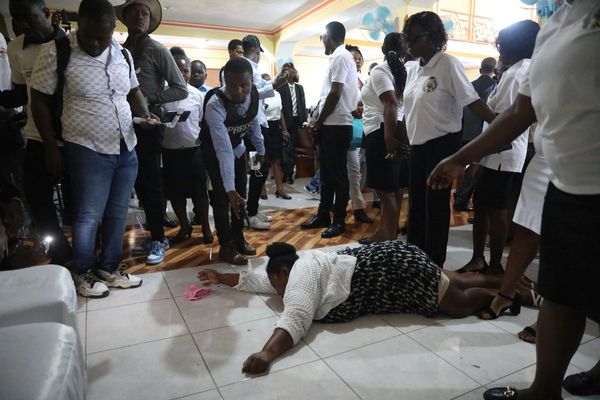
Lower back pain can take over your entire life. Not only is it uncomfortable throughout the day, but it can get in the way of normal, healthy activities, like work, excercise, and your social life. If you experience it, you’re not alone. According to the American Physical Therapy Association, 25% of Americans report back pain in the last 3 months at any given time.
Back pain has many possible causes, whether that’s sitting hunched over a desk all day (guilty as charged) or a muscle strain. We recommend speaking to a doctor to rule out underlying issues. However, one of the things that could be causing your pain is the way you sleep at night. If you wake up with a sore lower back, your sleep position may play a part.
When you’re in pain, getting comfy and drifting off to sleep can seem impossible. The good news is that with a few tweaks, you can alleviate symptoms and wake up feeling refreshed and restored.
I asked the experts for the best sleeping positions to soothe lower back pain and what to avoid. Sometimes, you don't need to splash out on the best mattress to get a good night's sleep. It's can be as easy changing how you sleep.
How does lower back pain affect your sleep?
If you’ve ever spent the night tossing and turning to get comfy, you can probably relate to lower back pain messing with your sleep. 'Sleep and back pain strongly influence one another. People who suffer from back pain are more likely to report poor sleep quality due to discomfort and frequent awakening,' says Maristella Lucchini, Senior Clinical Researcher at Nanit Lab. 'Although the causal relationships are not clear, poor sleep might disrupt the muscle relaxation and healing that normally occur during sleep,' she adds.
Finding a supportive, comfortable position can prove tricky if you’re experiencing lower back pain, leading to a restless night. Fragmented sleep is no fun, plus it can have a knock-on impact on everyday life, including relationships, work, and your overall health.
It pays to nip sleep problems in the bud. That’s because prioritizing your rest can have all sorts of benefits. 'Sleep is important because it is how we recover from our day and prepare for the future. Sleep is highly under-appreciated in health and performance, but it is correlated with how long we live, the quality of our life, how we manage stress, and how well we perform cognitively and in athletics,' says Dr. Craig Liebenson, chiropractor and sleep and pain management expert at LA Sports & Spine.
What are the best sleeping positions for lower back pain?
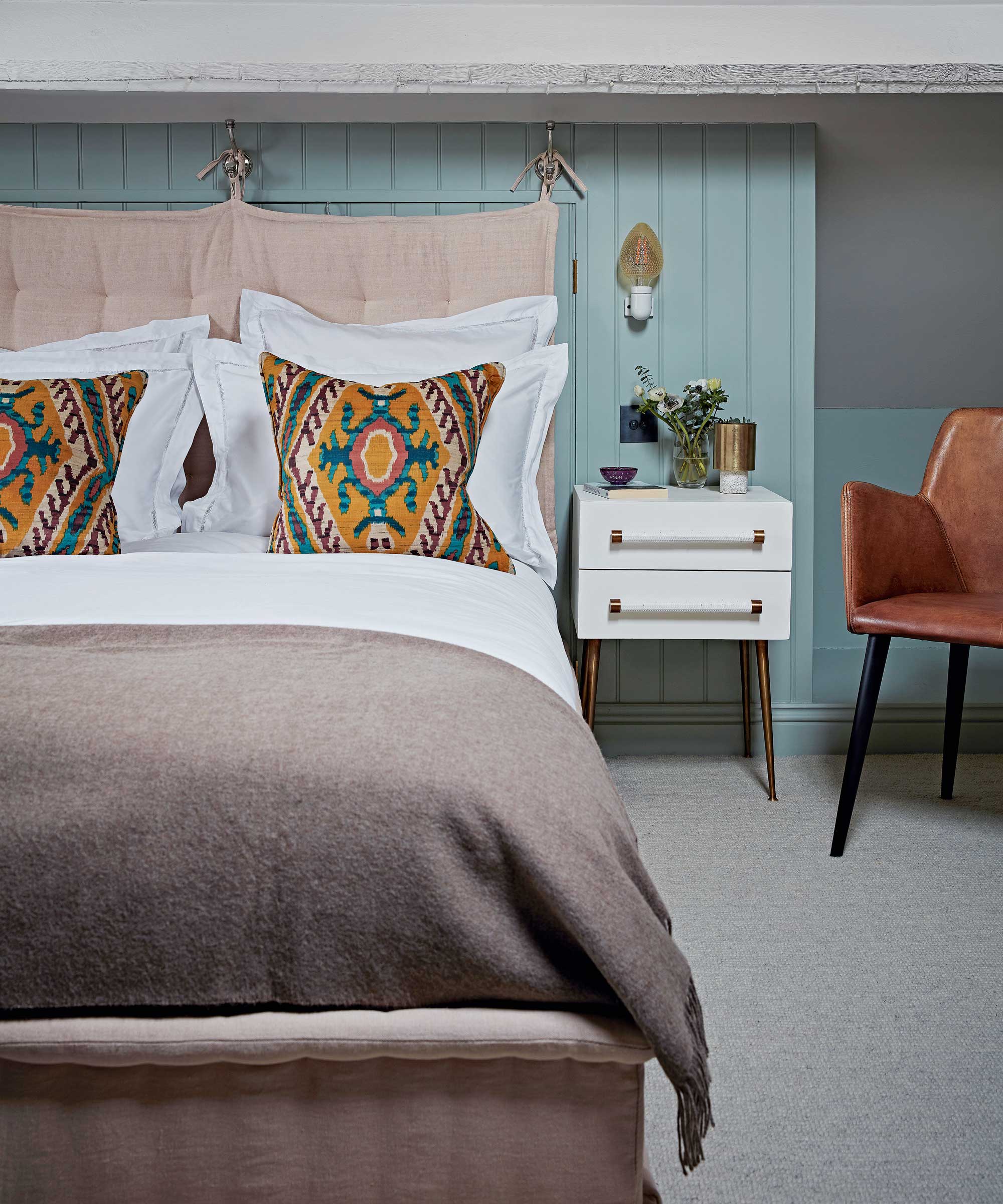
Though your choice of sleep position can aid a restful night’s sleep, it can potentially make them worse. 'Although we might think that when we lie down our back can rest, not every position will provide relief to our lower back. Sleeping position affects spinal alignment, potentially putting pressure on the lumbar spine and leading to pain and stiffness,' says Maristella.
Personal preference is a huge part of comfort, so you may need to tune into your body to discover what works for you. 'Every person is different. If you sleep through the night and awaken refreshed, you've found your optimal sleep position,' advises Craig.
Sleeping on your back
You might think sleeping on your back is a bad idea, but it turns out it can actually ease soreness. It supports your spine and allows it to rest in its natural curved ‘s’ shape. 'The back position is good for lower back pain, especially using a pillow under the knees to support the natural curve of the spine,' advises Maristella.
If you experience back pain on the regular, it may be time to treat yourself to a new mattress. 'In general, using a medium to firm mattress can alleviate back pain and improve sleep quality,' says Maristella.
Sleeping in the fetal position

Curling up in the fetal position is not only comforting, but it can soothe tension. It involves lying on your side with your knees tucked. 'The most recommended position to reduce lower back pain is on your side, also called the fetal position. In this position, you can bend the knees and hips to allow a neutral spine posture,' explains Maristella.
Small adjustments can make a big difference and help lull you into a deep sleep. Sometimes, putting a pillow in between the knees helps you to be more comfortable, says Maristella.

You best choice for sleeping in the fetal position is this U-shaped body pillow. Originally designed for pregnancy, it has a cooling cover so that you don't overheat, and part of it is detachable, so you can adjust it exactly as you need.
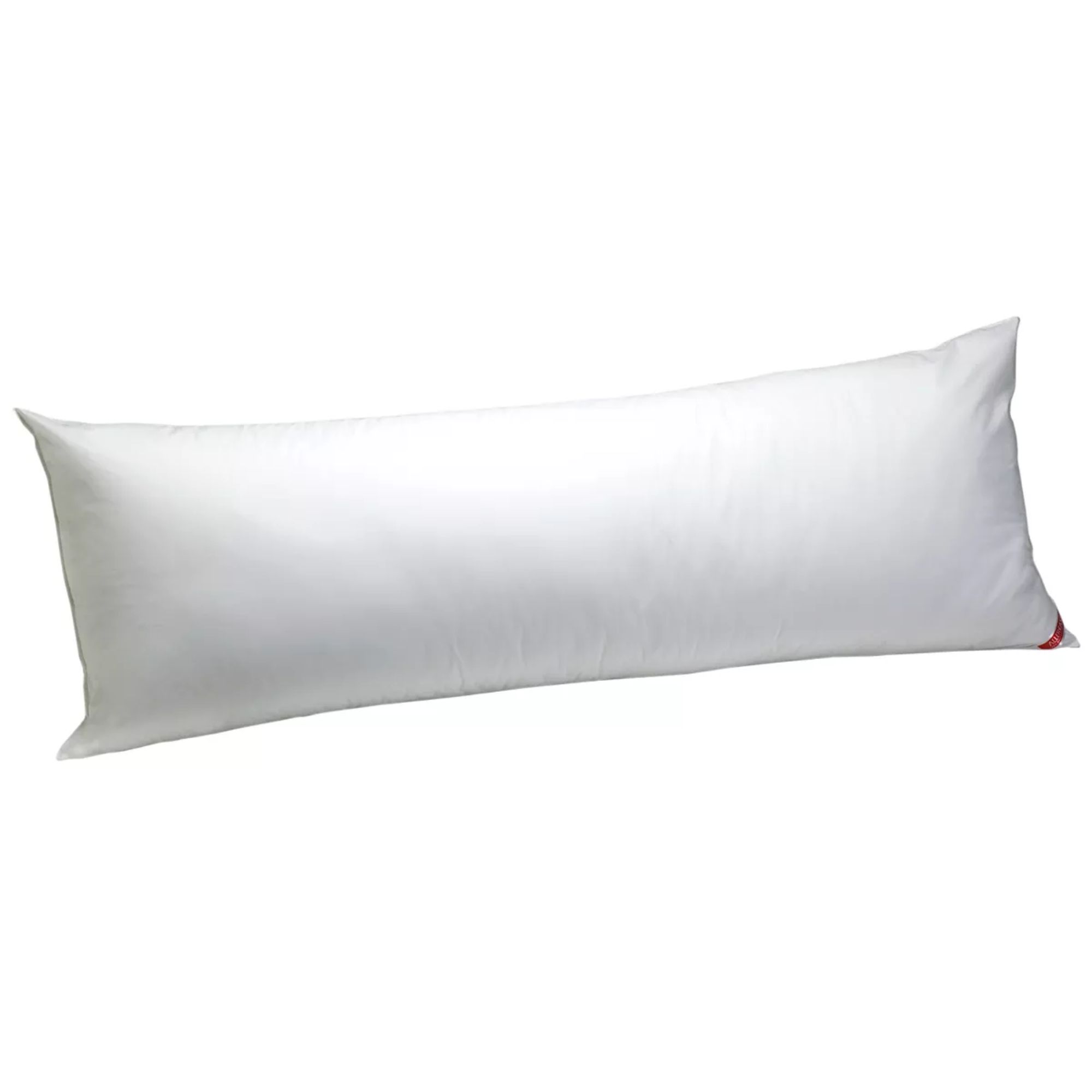
This inexpensive body pillow is a smart choice if you want to try a body pillow between your knees but don't want to overspend. Best of all, it has similar dimensions to a lumbar pillow, so you can easily make it part of a bedspread.
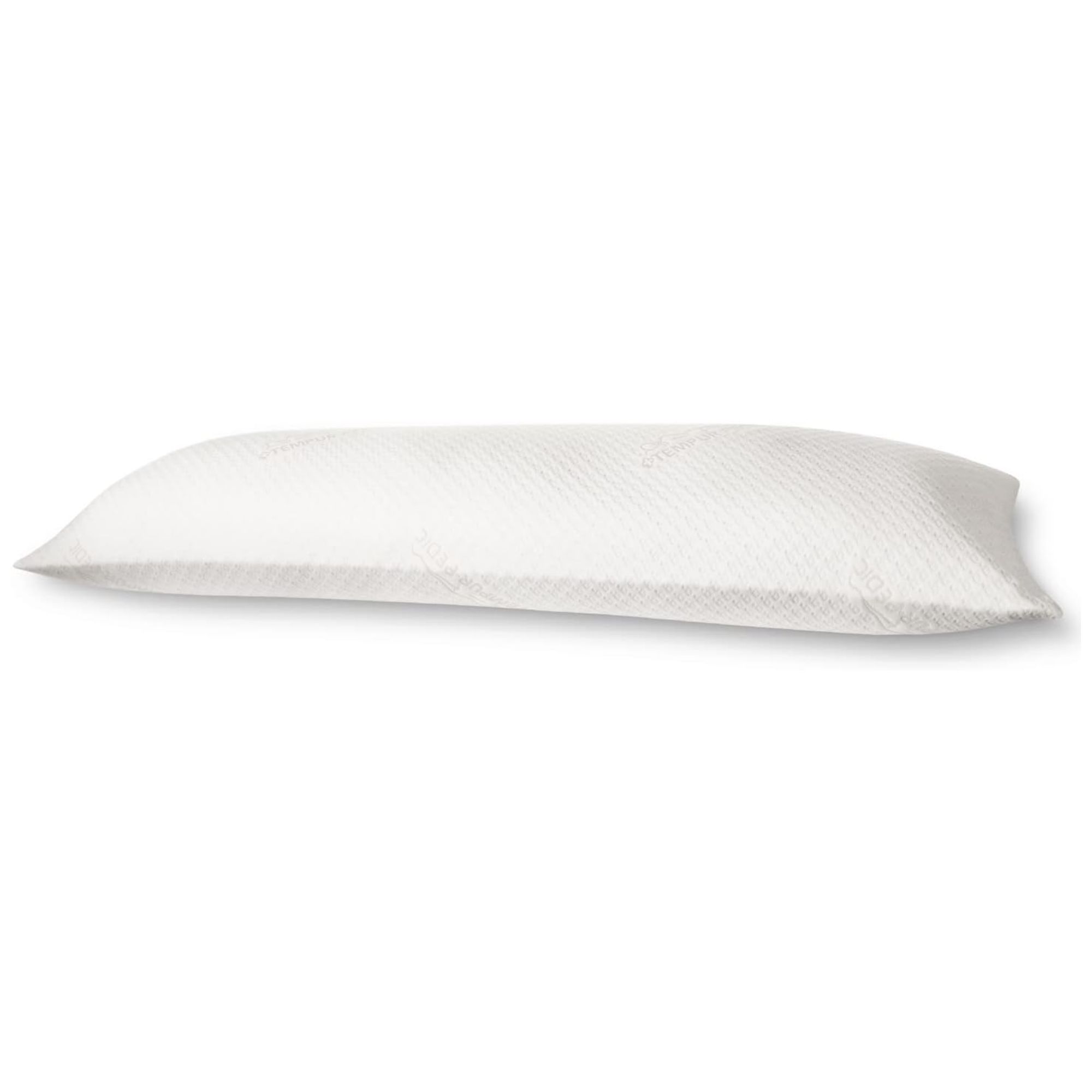
On test, we loved the Tempur-Adapt memory foam topper, and if this body pillow is the same material, it will be incredibly supportive and comfortable.
What are the worst sleep positions for lower back pain?
While lying on your stomach might feel cozy, it could be making your back pain worse. 'Sleeping on your stomach can place strain on your back and neck. Stomach sleepers also report more tossing, turning, and restlessness during the night,' says Lauri Leadley, president, clinical sleep educator, and founder of the Valley Sleep Center in Arizona.
Sleeping on your front throws your spine out of alignment, contributing to aches and pains. But if you enjoy sleeping on your stomach, tiny adjustments can make it gentler on your back. 'A pillow under your lower abdomen can help,' advises Lauri.
How to get a good night’s sleep with lower back pain
As much as back pain might make you want to crawl back to bed, gentle movement can ease tension. “Be sure to exercise during the day,” recommends Craig. A refreshing walk or a yoga session can alleviate stiffness and help you drift off.
If your mattress is a little tired and starting to sag, it may be time to treat yourself to a new one. '63% of people say their back pain improved after switching to a new mattress. When buying a mattress, pick a medium-firm or firm mattress (the super cushy ones may feel great at first, but they are not back-friendly),' advises Lauri.
Finally, if you’re anything like me, you may not be fully conscious when you're getting out of bed, but it’s worth paying attention. 'Avoid sudden, jerky movements and try not to bend forward from the waist when getting out of bed, as this can hurt your back. Instead, roll over onto your side and push yourself up using your hands while swinging your legs over the side of the bed,' says Lauri.

This popular mattress takes the top spot as our favorite memory foam option. Best for aches and pains, and at an affordable price point, it's a great value bed that helped our tester ease her fibromyalgia.
More details in our Nectar Original foam mattress review
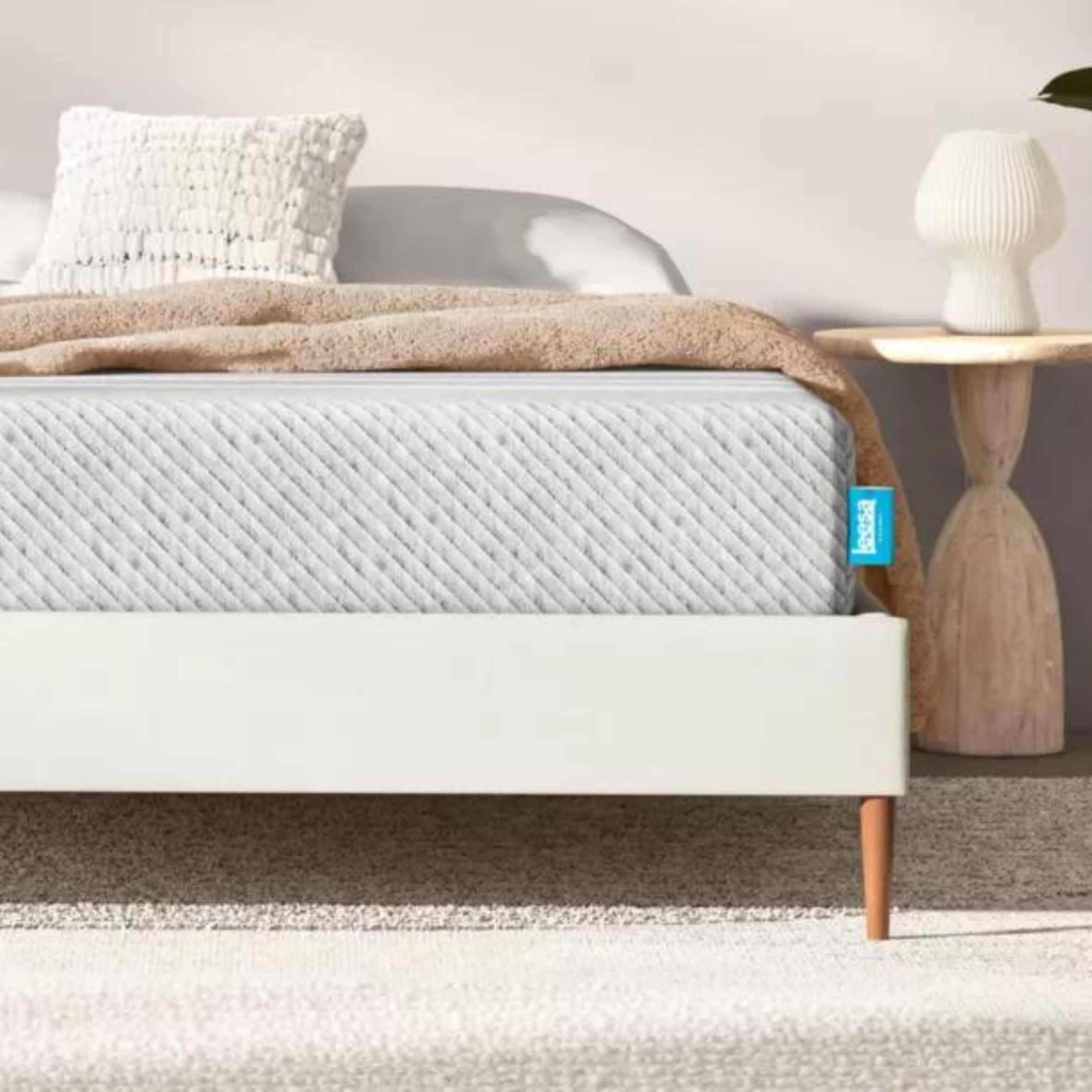
Side sleepers, this is the mattress for you. Cushioning, yet firm, the adaptive foam keeps your neck, hips, and spine aligned for the perfect sleep posture. You can thank us later.
Find out more in our Leesa Original mattress review

Tempur-Pedic's ProAdapt in Medium Firm is our favorite hybrid of all, sleeping cool and offering excellent motion isolation. Our tester described sleeping on this as feeling completely weightless.
More details in our full Tempur-Pedic ProAdapt review.
Remember, bedding can only help symptoms, and cannot cure them. If you're struggling with bad aches and pains, you should always consult a doctor.




